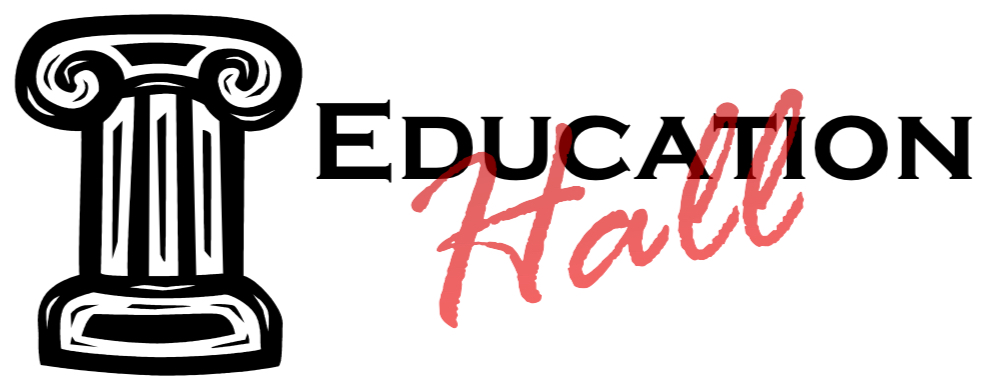
Do any of these sound familiar?
“I gotta get in more classrooms.”
“My walkthroughs are lagging behind.”
“I’m not getting in enough classrooms.”
They’re all comments made to me by capacity-builders (instructional coaches, principals, and the like) during mentoring sessions recently, lamenting the fact that their day-to-day routines lead them away from this stated priority: visiting classrooms.
I get it. After all, where in a school does the magic happen? What’s the focal point of our work? What’s the epicenter of learning? Classrooms, of course!
Brace yourself, because I have a follow-up question when it comes to classroom visits and walkthroughs: Why? Why are you conducting them? Why do you want to conduct more?
At this point, you’ve probably got a host of really solid, unarguable reasons for getting into classrooms: This is where you get to see authentic teaching and learning, this is your opportunity to give teachers feedback on their practice to help them improve, this is when you can see alignment of practices from class to class, this is how you can build relationships, and on and on, right?
The intent of the question “Why?” really is to surface which came first: The practice or the goal?
I’m a big believer in the expression, “Format follows function.” This means we identify a goal, clarifying the intended outcome…first. Then, and only then, do we decide which strategy, approach, or path will most likely get us to that outcome.
We don’t conduct copious amounts of walkthroughs and then determine what benefits they provided to us; rather, we determine what we want to accomplish first, and if walkthroughs are a viable method for meeting that goal, then we lace up our shoes and get to it.
In other terms, you don’t use a hammer just because you have a nice hammer, you enjoy using a hammer, and you believe a hammer is an important tool. Depending on what you’re trying to build, you might need a screwdriver, a lathe, a wrench, or a belt sander. You use the hammer when it’s the right tool to help you finish the project effectively.
Here are a couple of examples:
Blake is an instructional coach. He has partnered with a classroom teacher whose goal is to improve the rigor with which her students respond to questions, use academic vocabulary, and engage in robust discourse with their classmates. Blake and his teacher sit together and build a plan for incorporating some questioning and dialoguing strategies, envision what success will look like, and construct a coaching plan together. The teacher commits to completing a short online course about powerful questioning techniques, part of their plan includes regular quick conversations about how the teacher is using what she’s learning to foster deeper student talk, and part of it includes frequent pop-in classroom visits so Blake can see the strategies in action to inform and add credibility to their coaching conversations. Blake and his teacher further refine their plan by identifying specific times in upcoming class periods that might lend themselves to rigorous student interactions, and Blake plugs them into his calendar.
Classroom visits, by themselves, are not the end. They’re a means to an end.
Tiffany is a school principal. As the site leadership team collaborates on the refinement of the campus improvement plan, it becomes clear that the staff needs to grow together as a team, build a safe, trusting environment, and emphasize high-yield instructional strategies with greater frequency and skill. Tiffany and the site leadership team reads, researches, and prioritizes a handful of approaches to move the needle. Included are professional-learning workshops to be included during team planning sessions, a heightened emphasis on their instructional coaching program, and increased visibility from all administrators around campus. During a work-session with staff, Tiffany and the leadership team share the plan, invite feedback and a plan for evaluating progress every six weeks, and discuss how administrators will be visiting classrooms, often unannounced, to gauge the frequency and skill with which the staff is currently operating (in order to highlight promising practices and to hone the focus for professional learning sessions), to provide greater accessibility and visibility across the building, and to build comfort for teachers with having visitors in the classroom – so it will be less disruptive when instructional coaches visit during coaching cycles.
Yolanda is a mentor teacher-leader. She and her mentee teacher grab a cup of coffee before school and discuss their plan for growing this year. The mentee teacher isn’t sure what area of his work needs help or support, and he asks Yolanda for her thoughts. Yolanda suggests two options: The school is really emphasizing strong lesson openings and reflective closings, so perhaps that could be a focus, and if not, maybe there’s something in the teacher evaluation rubrics that speaks to him. When the mentee teacher makes the decision, he and Yolanda craft a plan to learn about the strategy together, to meet on a regular basis to co-plan lessons, and to spend time in each other’s classroom trying out the strategy, co-teaching, and refining it together. They even agree to have Yolanda drop in unannounced to his class during her prep periods to hold him accountable, to see “teaching and learning in the wild,” and to inform their next steps to build his teaching acumen and effectiveness.
If you were to dissect the three scenarios presented above, what common themes emerge? I’d suggest there were a few, and of course this was intentional (this is my list, can you add more?):
First, each of the capacity-builders connected in some way with their teachers, fostering a partnership and sense of support. These coaching and capacity-building efforts aren’t something that are being done to teachers; rather, they’re being done alongside teachers. Collaboration and partnership for the win!
Second, each of the capacity-builders identified a very compelling goal to address with their teachers, and then, among the strategies gathered to accomplish their goals, they included classroom visits for a very clear purpose. The strategy was intentionally selected to help accomplish the stated goal.
Third, each of the capacity-builders spent time communicating the purpose of their classroom visits with their teachers. This communication was done up-front and in advance, so there were no misgivings or misconceptions about why they’d be popping into the teachers’ classrooms along the way. Open, proactive communication almost always sets all parties up for success.
The next time you’re hooking up your pedometer and changing into your sneakers to do some good ol’ fashioned “management by walking around,” consider these questions:
- What is the goal we’re trying to achieve?
- Which strategies are most likely to propel us toward that goal?
- If you must, include this one: Is “visiting classrooms” one of the high-yield strategies?
- How will we know if our strategies are resulting in advancement toward the goal?
- What might we do to adapt and modify our practices to become even more effective in our capacity-building efforts?
Final note: If you’re an administrator with teacher-evaluation responsibilities, feel free to use the term “observe” and all its variants. If you’re in a coaching, mentoring, and/or other support role, don’t. If you scroll back through this post, you’ll realize I never did. Instead, I used the term “visit” classrooms. “Observation,” as you well know, carries heavy teacher-evaluation connotations. No matter how we intend it, the key to effective communication is how it’s received. Our language matters. Go visit classrooms, see instruction, capture learning, revel in classroom joy, witness innovation, notice efforts…and do it on purpose.
Pete Hall is the President/CEO of EducationHall, LLC, and the author of 12 books. You can reach him at PeteHall@EducationHall.com.
Stay Up To Date
Stay up to date with the latest news updates and blog posts
Share Article
Share this post with your network and friends

Recent Comments